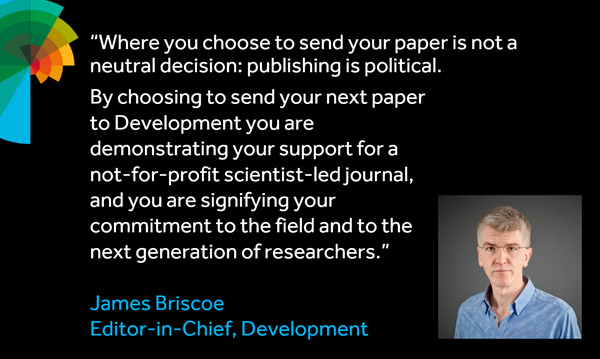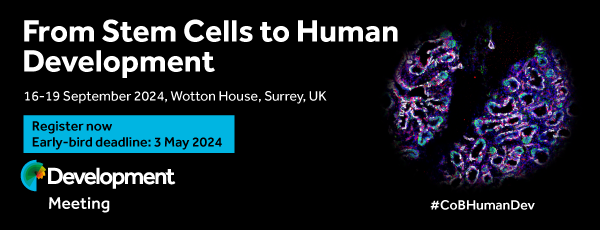
The extension of the vertebrate body axis is coupled to the sequential activation of HOX genes in axial progenitors; the specific pattern of HOX gene expression in turn defines progenitor identity. Extrinsic signalling molecules are known to control HOX expression in axial progenitors, while intrinsic changes in chromatin accessibility around HOX loci also accompany extension. A key unresolved question is the relative influence of such extrinsic and intrinsic factors on the tempo of HOX expression (the pacing of the so-called ‘HOX clock’). Now, Vincent Mouilleau, Célia Vaslin, Stéphane Nedelec and colleagues investigate what regulates the pace of the human HOX clock. The authors first delineate the regional expression of HOX genes in human embryos, and define distinct MN subtypes by position and transcription factor expression domains. Moving in vitro, they generate axial progenitors from human pluripotent stem cells, and show that these progenitors generate, over time, MNs of progressively more caudal identities. This process is associated with a sequential activation of HOX genes and an increase in FGF pathway activity, endogenous to the progenitors. Inhibition of FGF signalling stalls the sequential progression of HOX expression, and providing excess FGF2 or FGF8 at earlier stages accelerates HOX pacing. Furthermore, this acceleration is enhanced by the co-addition of GDF11, a member of the TGFβ family, such that even more posterior MN subtypes are generated by younger progenitors. This work reveals a dynamic pacing of the human HOX clock in response to extrinsic factors, facilitating efficient specification of human motor neuron subtypes for basic and translational research.








